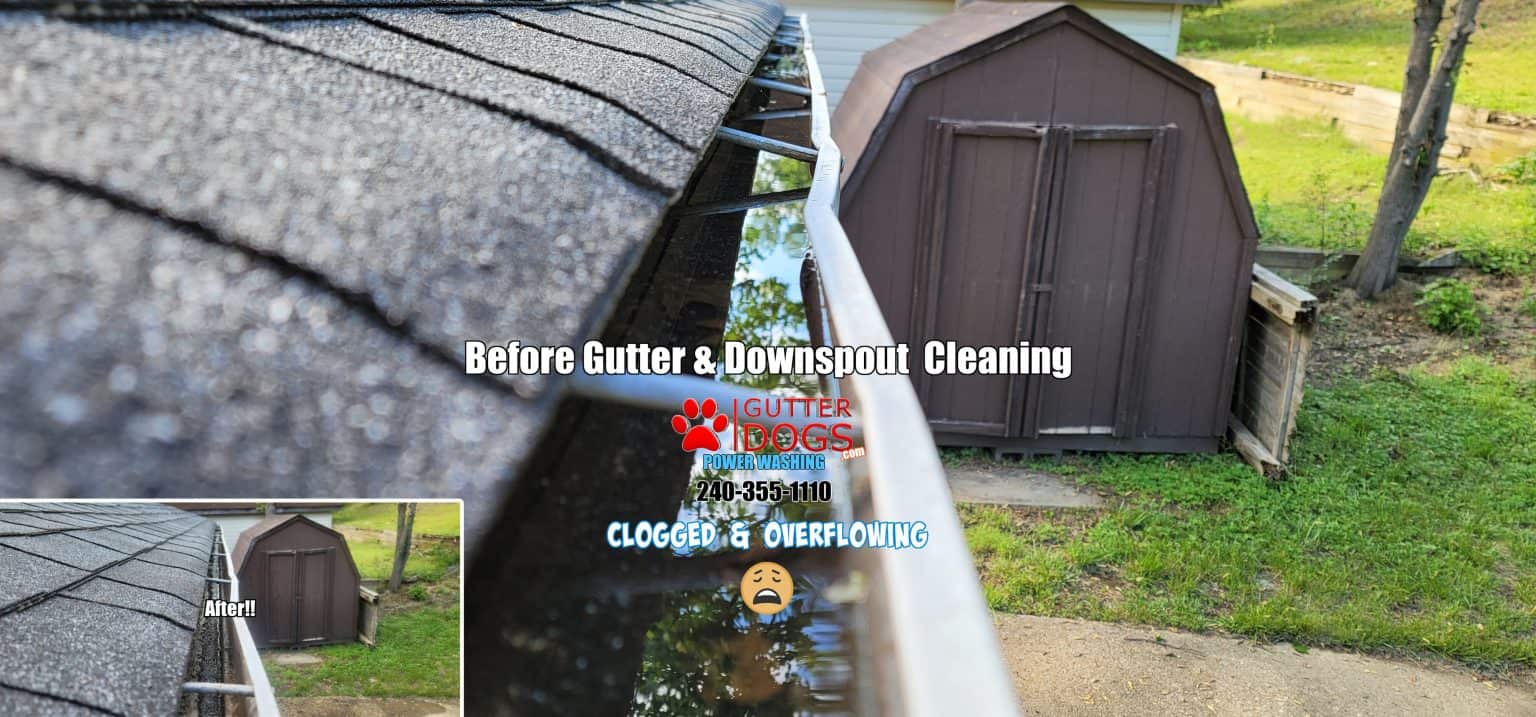The creator’s perspectives are their own (barring the improbable occasion of entrancing) and may not necessarily mirror the views of Moz. Click here
Last year, the group at Homeday — one of the leading property tech organizations in Germany — pursued the choice to move to another substance, the executive’s framework (CMS). In addition to other things, the movement’s objectives were sped up and made a cutting-edge, future-confirmation site with every one of the essential elements. One of the real inspirations for the relocation was to empower content editors to work all the more openly in making pages without the assistance of engineers.
After assessing a few CMS choices, we settled on Contentful for its cutting-edge innovation stack, with a prevalent encounter for the two editors and engineers. From a technical perspective, Contentful, as a headless CMS, permits us to pick which delivery procedure we need to utilize.
We’re presently completing the relocation in a few phases, or waves, to lessen the gamble of issues with a massive scope of adverse consequences. During the primary lock, we experienced a problem with our treat permission, which prompted a perceivability loss of practically 22% in five days or less. In this article, I’ll portray the issues we were looking at during this first relocation wave and how we settled them.
Setting up the principal test-wave
For the principal test wave, we picked 10 Web optimization pages with high traffic but low transformation rates. We laid out a framework for revealing and checking those ten pages:
Rank-following for most applicable catchphrases
Website design enhancement dashboard (DataStudio, Moz Genius, SEMRush, Search Control center, Google Investigation)
Standard slithers
After a complete preparation and testing stage, we relocated the initial 10 Web optimization pages to the new CMS in December 2021. Albeit a few difficulties happened during the testing stage (expanded stacking times, more excellent HTML Report Item Model, and so forth), we chose to go live as we didn’t see a colossal blocker and needed to move the first test wave before Christmas.
First execution audit
Highly excited to accomplish the movement’s initial step, we investigated the exhibition of the relocated pages the following day.
What we saw next truly didn’t satisfy us.
Short-term, the perceivability of followed catchphrases for the moved pages diminished from 62.35% to 53.59% — we lost 8.76% of perceivability in one day!
Because of this lofty drop in rankings, we directed another broad round of testing. In addition to other things, we tried for inclusion/ordering issues, if all meta labels were incorporated, organized information, inside joins, page speed, and versatility.
Second execution survey
Every one of the articles had a reserve date after the relocation, and the substance was listed entirely and perused by Google. Also, we could reject a few movement risk factors (change of URLs, content, meta labels, design, and so forth) as wellsprings of mistake, as there have yet to be any changes.
Perceivability of our followed catchphrases experienced one more drop to 40.60% throughout the following days, making it an all-out decrease of practically 22% in five days or less. This was likewise plainly displayed in contrast with the opposition of the following watchwords (here, “assessed traffic”). However, the perceivability looked practically equivalent.
Information from SEMRush determined the catchphrase set for followed watchwords of moved pages.
As other movement risk factors and research refreshes had been prohibited as wellsprings of mistakes, it must be a technical issue. A lot of JavaScript, low Center Web Vitals scores, or a bigger, more perplexing Report Item Model (DOM) could be likely causes. The DOM addresses a page as items and hubs so that programming dialects like JavaScript can cooperate with the carrier and change style, design, and content.
Following the treat morsels
We needed to distinguish issues as fast as expected, do speedy bug-fixing, and limit more adverse consequences and traffic drops. We at long last got the principal genuine smidgen of which technical reason could be the reason when one of our apparatuses showed us the number of pages with high outer connecting and the number of pages with the most extreme substance size went up.
- A site search affirmed that Google filed the treat assent.
- This prompted a few issues:
- Many copied content was made for each page because of ordering the treat assent structure.
- The substance size of the relocated pages radically expanded.
- The quantity of outside active connections radically expanded.
- Our bits unexpectedly showed a date on the SERPs. This would propose a blog or news story, while most articles on Homeday are about evergreen substances.
Exploring Google DOMs and looking for an answer
The relocated pages are delivered with dynamic information from Contentful and modules. The modules contain just JavaScript code; once in a while, they come from an accomplice. One of these modules was the treat chief accomplice, which brings the treat assent HTML from outside our code base. We didn’t find a hint of the treat assent HTML code in the HTML source documents. We saw an enormous DOM yet followed that back to Nuxt’s default, more complicated, more enormous DOM. Nuxt is a JavaScript system that we work with.
To approve that Google was perusing the duplicate from the treat assent standard, we utilized the URL review instrument of Google Search Control center. We looked at the DOM of a relocated page with the DOM of a non-moved page. Inside the DOM of a relocated page, we, at last, found the treat assent content:
We found the treat assent content inside the DOM of a moved page.
Something different that stood out enough to be noticed was the JavaScript documents stacked on our old pages versus the records stacked on our relocated pages. Our site has two contents for the treat assent flag, given by an outsider: one to show the pennant and snatch the assent (uc) and one that imports the standard substance (cd).
The main content stacked on our old pages was uc.js, answerable for the treat assent standard. It is the content we want on each page to deal with client consent. It shows the treatment assent standard without ordering the substance and recoveries the client’s choice (if they concur or differ to the utilization of treats).
Besides uc.js, there was likewise a cd.js document stacking for the moved pages. If we have a page where we need to show more data about our treats to the client and file the treat information, then, at that point, we need to utilize the cd.js. The two documents are subject to one another, which isn’t right. The uc.js can run alone.
Finding it required a long time since we thought the subsequent record was only a pre-necessity for the first. We established that eliminating the stacked cd.js document would be the arrangement.
Execution audit after carrying out the arrangement
The day we erased the record, our watchword perceivability was 41.70%, which was 21% lower than pre-relocation.
Be that as it may, the day after erasing the record, our perceivability expanded to 50.77%, and the following day it was practically back to ordinary at 60.11%. The assessed traffic acted in much the same way. What a consolation!
Rapidly after executing the arrangement, the natural traffic returned to pre-relocation levels.
End
Numerous SEOs have managed minuscule issues like this. It appears paltry, yet prompted a considerable drop in perceivability and traffic during the movement. For this reason, I propose moving in waves and obstructing sufficient time for researching specialized mistakes when relocating. Besides, keeping a nearby gander at the site’s exhibition only briefly after the relocation is critical. These are indeed my essential action items from this relocation wave.
We just finished the subsequent relocation wave at the start of May 2022, and I can express that until now, no significant bugs have shown up. We’ll have two additional waves and complete the relocation ideally effectively toward the finish of June 2022.
The exhibition of the moved pages is practically back to the ordinary, and we will continue with the next wave. https://webnewsjax.com/







